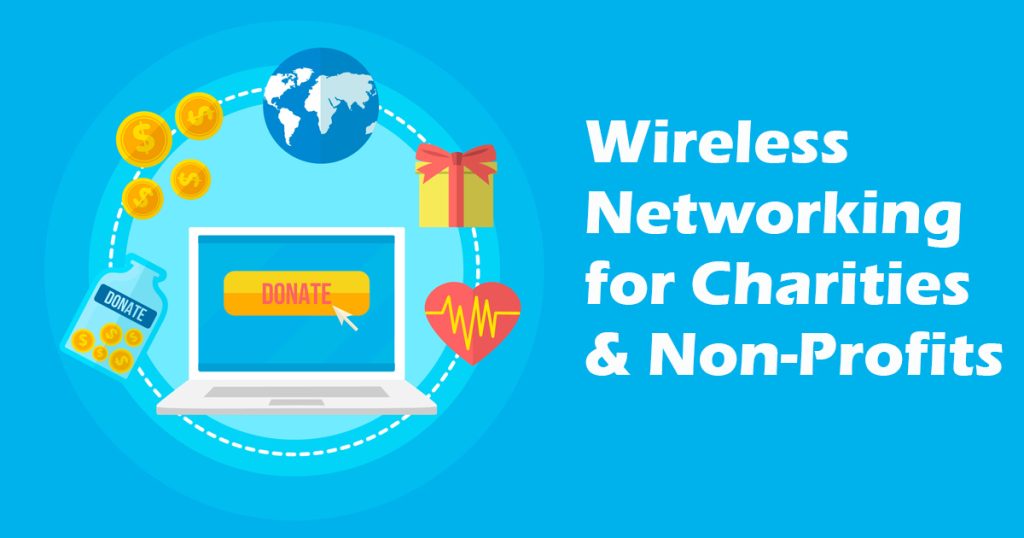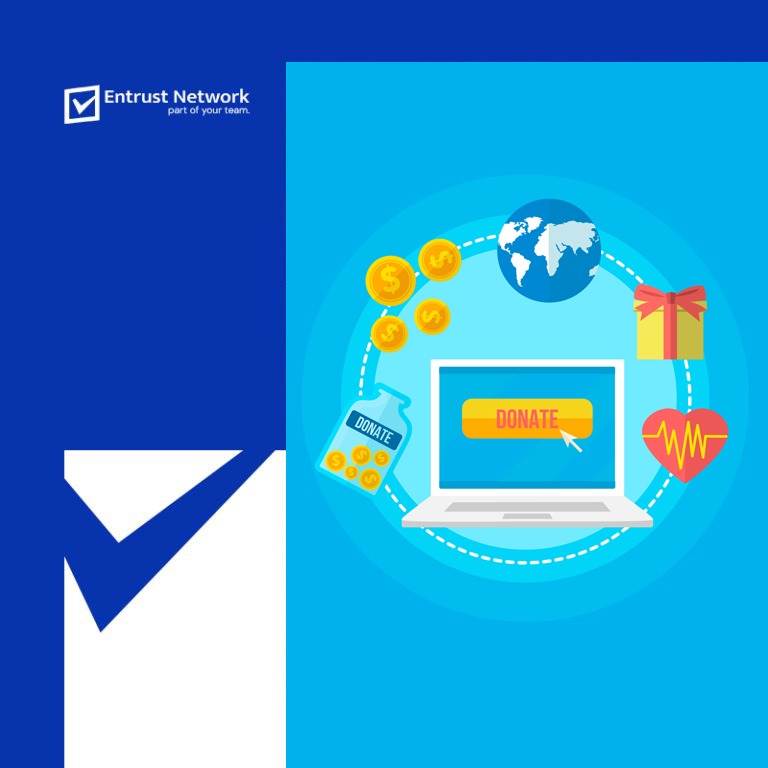
Wireless network solutions provide a practical way for these organizations to bridge the digital divide, helping them operate more efficiently, reach broader audiences, and empower the communities they serve. This article explores how wireless networking can revolutionise the non-profit sector and why it matters now more than ever.
The Challenges Charities and Non-Profits Face with Connectivity
Without affordable and effective networking solutions, these organizations risk missing out on opportunities—whether it’s online fundraising, collaborating remotely with partners, or running virtual outreach programs. Fortunately, wireless networks provide a cost-effective and scalable alternative.
The Role of Wireless Networking in Driving Impact
Cost-Effective Solutions
Enhanced Mobility for Field Teams
Remote Collaboration and Virtual Events
Data Collection and Real-Time Reporting
Wireless Technologies that Empower Non-Profits
Several wireless technologies can benefit the non-profit sector, including:
- Mesh Networks: These networks use multiple access points to provide seamless, extended coverage, perfect for large or remote areas.
- Wi-Fi Hotspots: Portable hotspots allow non-profits to set up temporary internet access for events, outreach programs, or disaster relief operations.
- 5G Networks: Cellular networks provide fast, mobile connectivity, enabling teams to stay connected in the field.
- Point-to-Point Wireless Links: These solutions offer high-speed connections between remote locations, such as between a central office and field sites, without the need for cabling.
Success Stories: Wireless Networks in Action
Virtual Support Services for Counseling Nonprofits
Education Charities
Healthcare Initiatives
Wireless networks play a vital role in healthcare-focused charities, allowing medical staff in remote areas to access patient records, consult with specialists, and provide telemedicine services without needing physical infrastructure.
Overcoming Barriers to Adoption
The Future of Wireless Networking in the Non-Profit Sector
As technology evolves, wireless networks will continue to play an increasingly critical role in the non-profit world. Emerging technologies like 5G and the Internet of Things (IoT) will unlock new possibilities, allowing non-profits to monitor environmental data, track supplies, and automate processes in ways that were previously unimaginable.
Conclusion

